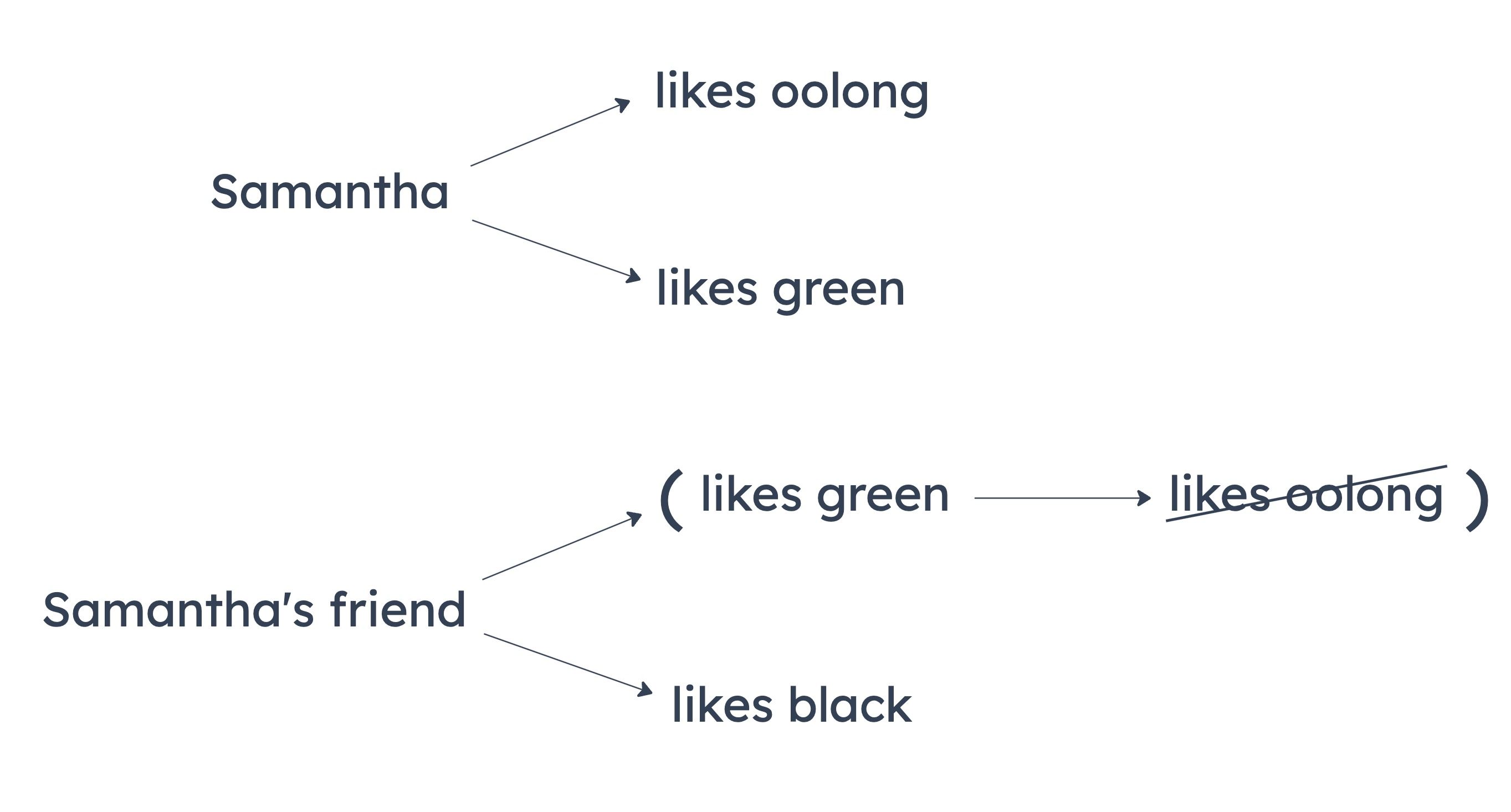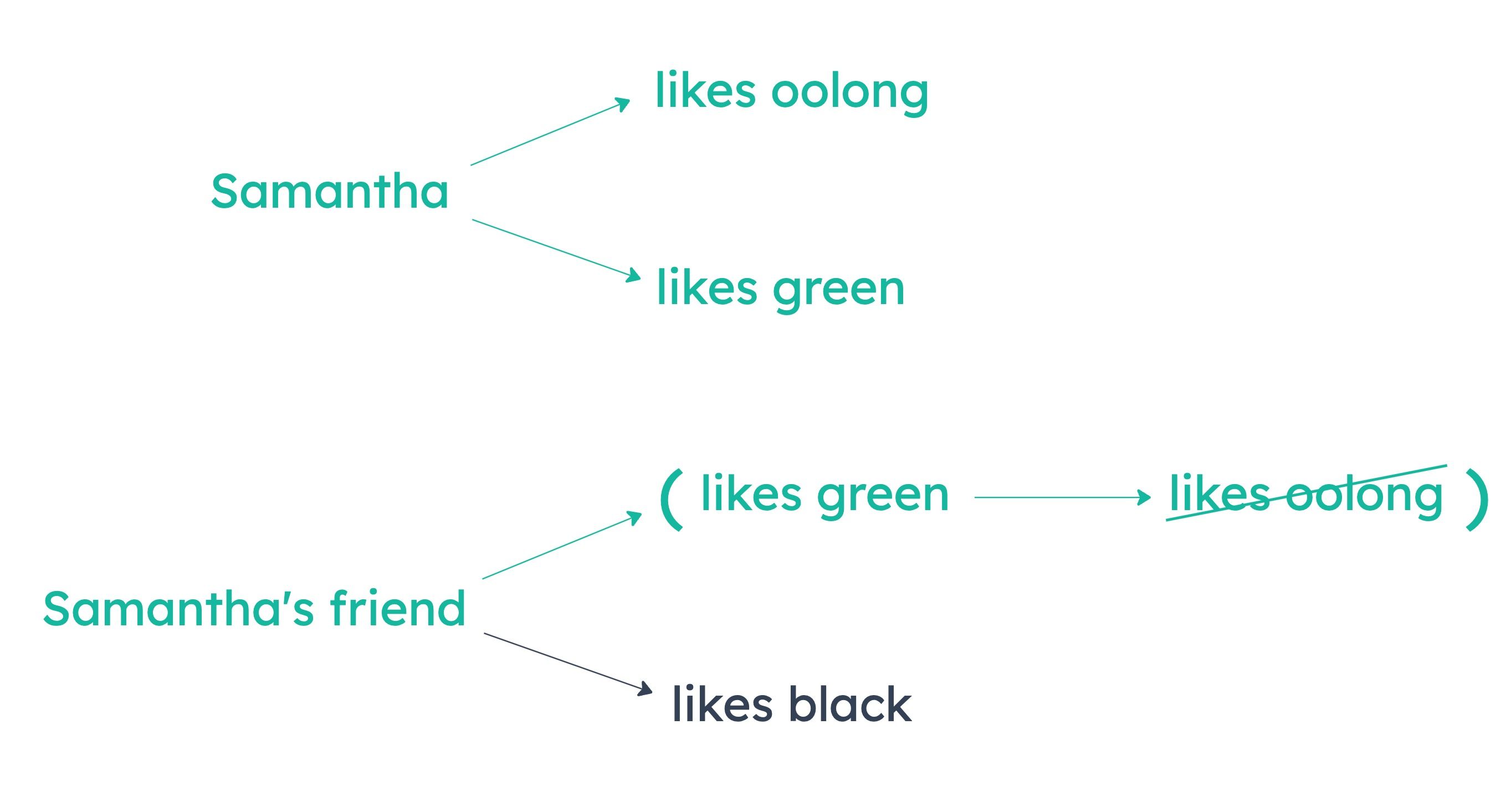A
presumes, without providing justification, that it would be impossible to reduce the likelihood of dangerous accidents for small cars
The gas station owner never assumes this. In fact, she’s not talking about the likelihood of getting into an accident at all. She just claims that, when they are in accidents, smaller cars are more likely to be seriously damaged and so they pose a risk to human lives.
B
concludes, on the basis of the claim that one means to an end is unacceptable, that the end should not be pursued
The owner concludes, on the basis of the claim that making cars smaller to make them more fuel efficient is unacceptable, that manufacturers shouldn’t pursue increased fuel efficiency at all. But perhaps there are other ways to increase fuel efficiency that are perfectly safe.
C
draws a conclusion about what should be done from premises all of which are about factual matters only
The gas station owner does draw a conclusion about what should be done, but her premises are not all about factual matters only. The premise “greater fuel efficiency is not worth the added risk to human lives” is subjective.
D
presupposes the truth of what it sets out to prove
This is the cookie-cutter flaw of circular reasoning, in which the conclusion merely restates a premise. The gas station owner doesn’t make this mistake; her premises and conclusion are distinct.
E
presumes, without providing justification, that increasing fuel efficiency is the only way to reduce air pollution
The gas station owner says that increasing fuel efficiency reduces air pollution, but she never assumes that it’s the only way to reduce air pollution.
"Surprising" Phenomenon
Why does Lake Laberge, in Canada, contain high levels of toxaphene when toxaphene was banned in North America in the 1980s and is now used only in a few other parts of the world?
Objective
The correct answer must help explain why Lake Laberge contains high levels of toxaphene even though the substance was banned in Canada in the 1980s. The correct answer will either discuss how toxaphene from the past has remained in the lake, is still being produced in or near the lake, or is being introduced to the lake from somewhere else.
A
Levels of pesticides in the environment often continue to be high for decades after their use ends.
If (A) is true, the high levels of toxaphene currently found in Lake Laberge could just be left over from before Canada’s toxaphene ban.
B
Lake Laberge’s water contains high levels of other pesticides besides toxaphene.
We’re not concerned with other pesticides. We just want to know why there are high levels of toxaphene in the lake when toxaphene has been banned in Canada since the early 1980s.
C
Toxic chemicals usually do not travel large distances in the atmosphere.
It doesn’t matter how far toxic chemicals usually travel. The distance toxic chemicals travel doesn’t help explain why Lake Laberge currently contains high levels of toxaphene when the substance has been banned in Canada since the early 1980s.
D
North American manufacturers opposed banning toxaphene.
Whether North American manufacturers supported or opposed the ban is irrelevant. We want to know why Lake Laberge contains high levels of toxaphene all these years after the ban.
E
Toxic chemicals become more readily detectable once they enter organisms the size of fish.
The stimulus never discusses fish. It only discusses how a lake in Canada contains high levels of toxaphene even though toxaphene was banned in Canada in the early 1980s.
Summary
The stimulus can be diagrammed as follow:


Notable Valid Inferences
Samantha’s friends can either like green tea, like oolong tea, or like neither.
A
Samantha likes black tea.
This could be true. We don’t know Samantha’s opinion on black tea.
B
None of Samantha’s friends likes green tea.
This could be true. Oolong and green tea have a “not both” relationship, meaning that Samantha’s friends can like oolong tea, green tea, or neither.
C
Samantha’s friends like exactly the same kinds of tea as each other.
This could be true. It could be the case that all of Samantha’s friends like green tea and black tea, for example.
D
One of Samantha’s friends likes neither oolong nor green tea.
This could be true. Oolong and green tea have a “not both” relationship, meaning that Samantha’s friends can like oolong tea, green tea, or neither.
E
One of Samantha’s friends likes all the kinds of teas that Samantha likes.
This must be false. As shown below, we know that Samantha’s friends can’t like both oolong and green tea, and Samantha likes both of these kinds of tea.


Summary
The stimulus tells us that the country allows a slower and more natural life than the city. This suggests that country life should be more healthy and relaxed than city life. However, surveys show that country and city dwellers experience equal levels of illness and stress.
Strongly Supported Conclusions
These facts allow us to infer that:
A slower and more natural rhythm of life does not necessarily decrease rates of illness and stress.
The common wisdom that country life is healthier and more relaxed than city life is not supported by data.
A slower and more natural rhythm of life does not necessarily decrease rates of illness and stress.
The common wisdom that country life is healthier and more relaxed than city life is not supported by data.
A
Living in the country is neither healthier nor more relaxing than living in the city.
This is strongly supported. The facts given show that there’s no real difference between the country and the city in illness frequency and severity (i.e. health), nor in stress (i.e. relaxation). Thus, country living is not healthier or more relaxing than city living.
B
Living in the country does not in fact permit a slower and more natural rhythm of life than living in the city.
This is not supported. The stimulus doesn’t contradict that living in the country offers a slower and more natural rhythm of life. The issue is just that that rhythm doesn’t appear to improve health or stress levels.
C
People whose rhythm of life is slow and natural recover quickly from illness.
This is not supported. The facts suggest nothing about how fast people recover from illness, either in the country (with a slow and natural rhythm of life) or otherwise. We just can’t say.
D
Despite what people believe, a natural rhythm of life is unhealthy.
This is anti-supported. Based on what we know, a natural rhythm of life just doesn’t make a difference to health. That means it’s neither particularly healthy nor unhealthy.
E
The amount of stress a person experiences depends on that person’s rhythm of life.
This is anti-supported. The stimulus shows us that having a slow and natural rhythm of life makes no difference to people’s stress levels. This indicates that stress does not depend on someone’s rhythm of life.